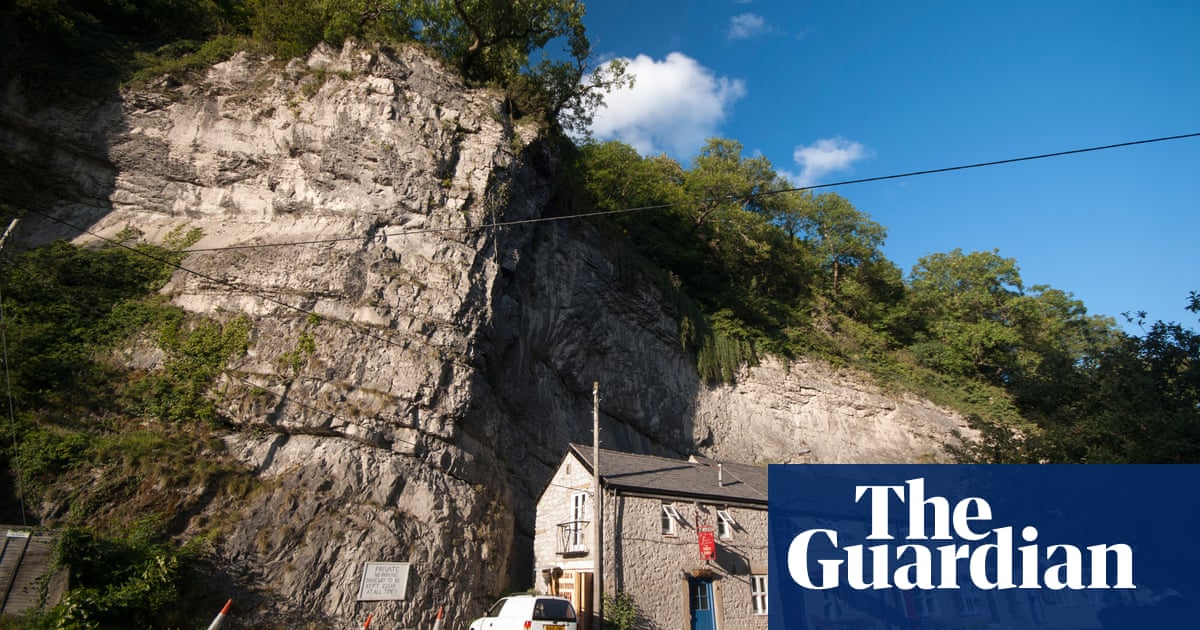Weak government climate policies violate fundamental human rights, the European court of human rights has ruled.
In a landmark decision on one of three major climate cases, the first such rulings by an international court, the ECHR raised judicial pressure on governments to stop filling the atmosphere with gases that make extreme weather more violent.
The court’s top bench ruled that Switzerland had violated rights of a group of older Swiss women to family life, but threw out a French mayor’s case against France and that of a group of young Portuguese people against 32 European countries.
“It feels like a mixed result because two of the cases were inadmissible,” said Corina Heri, a law researcher at the University of Zürich. “But actually it’s a huge success.”
The court, which calls itself “the conscience of Europe”, found that Switzerland had failed to comply with its duties to stop climate change. It also set out a path for organisations to bring further cases on behalf of applicants.
The Swiss verdict opens up all 46 members of the Council of Europe to similar cases in national courts that they are likely to lose.
Joie Chowdhury, an attorney at the Centre for International Environmental Law campaign group, said the judgment left no doubt that the climate crisis was a human rights crisis. “We expect this ruling to influence climate action and climate litigation across Europe and far beyond,” she said.
The facts of the three cases varied widely, but they all hinged on the question of whether government inaction on climate change violated fundamental human rights. Some of the governments argued that the cases should not be admitted, and that climate policy should be the subject of national governments rather than international courts.
The plaintiffs attending the hearing in the court in Strasbourg, some as young as 12, celebrated after a member of a panel of 17 judges read out the verdicts. The climate activist Greta Thunberg joined a gathering outside the court before the hearing to encourage faster action.
The KlimaSeniorinnen, a group of 2,400 older Swiss women, told the court that several of their rights were being violated. Because older women are more likely to die in heatwaves – which have become hotter and more common because of fossil fuels – they argued that Switzerland do its share to stop the planet heating by the Paris agreement target of 1.5C (2.7F) above preindustrial levels.
The court ruled that Swiss authorities had not acted in time to come up with a good enough strategy to cut emissions. It also found the applicants had not had appropriate access to justice in Switzerland.
But it also rejected the cases of four individual applicants who had joined the KlimaSeniorinnen.
“I’m very happy,” said Nicole Barbry, 70, a member of the KlimaSeniorinnen who had come to Strasbourg. “It’s good that they’re finally listening to us.”
The Portuguese children and young people – who because of their age will see greater climate damage than previous generations – argued that climate-fuelled disasters such as wildfires and smoke threatened their right to life and discriminated against them based on their age.
The court did not admit the case, deciding that the applicants could not bring cases against countries other than Portugal and adding that they had not pursued legal avenues in Portugal against the government.
“Their [the Swiss] win is a win for us, too,” said Sofia Oliveira, a 19-year-old applicant in the Portuguese case. “And a win for everyone.”
The French case, brought by the MEP Damien Carême, argued that France’s failure to do enough to stop climate change violated his rights to life and privacy and family life. Carême filed the case when he was the mayor of Grand-Synthe, a coastal town vulnerable to flooding. The court did not admit the case because Carême no longer lives there.
The ECHR rejects about 90% of all applications it receives as inadmissible but fast-tracked the three climate cases to its top bench because of their urgency. It delayed hearings on six more climate cases to get a result on the rulings on Tuesday.
The rulings will influence three other international courts that are examining the role of government climate policy on human rights.
Charlotte Blattner, a researcher at the University of Berne who specialises in climate law, said the court had delivered a bold judgment in favour of a viable future. “The nature and gravity of the threat of climate change – and the urgency to effectively respond to it – require that governments can and will have to be held accountable for their lack of adequate action,” she said.


